RAID 5 Configuration

RAID 5 data recovery is an advanced process to restore lost or damaged information from RAID 5 arrays. RAID 5 arrays are widely used for their reliability and performance. RAID 5, in turn, ensures that the data is spread across a number of disks, making it possible to recover the corrupted disk while keeping all information secured due to parity. However, any defective disk will have a negative impact on the array, indicating the need for data restoration to bring about full system operation again.
A secure RAID 5 recovery plan is critical for businesses and individuals using this storage setup. Although RAID 5 ensures fault tolerance by using distributed parity to withstand single disk failures, it still may be vulnerable to double disk failure, problems with the controller, or even mistakes committed by humans.
Basic data protection involves regularly monitoring RAID 5 arrays, using predictive disk failure analysis, and timely disk replacement.
RAID 5 Failures and Data Loss
RAID 5 arrays provide a protection mechanism that results in data recovery once a drive fails. In spite of this, some situations can still lead to loss of data, including two disk failures, accidental deletion, or virus/malware infection. The following are the steps on how to retrieve data from a RAID 5 array:
Examine the RAID controller for any error messages to establish whether it is a drive failure, file corruption, or accidental deletion.
Once you detect a drive failure, be sure to replace the faulty disk with a new disk that has equal or more space.
Normally, in most cases, once the problematic drive is replaced, the RAID controller automatically initiates the rebuild process. Nevertheless, manual initiation might be necessary under certain conditions.
If nothing helps or in cases of more complicated data loss, it is advisable to seek a specialist at a data recovery service with the necessary experience and equipment.
Recovering Data from RAID 5

Recovering data from RAID 5 arrays is a highly intricate process that demands a profound understanding of the specific nature of the data loss and the performance of appropriate steps to address it effectively. The procedure typically commences with a meticulous identification of the issue, ranging from a single drive failure file corruption to accidental data deletion.
In severe data loss or when standard recovery measures prove inadequate, seeking professional data recovery services can be highly advantageous. These experts possess many advanced tools, techniques, and expertise that significantly enhance the likelihood of successful data recovery, instilling confidence and peace of mind in the face of data loss challenges.
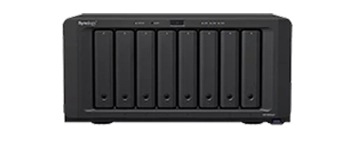
If you need to recover data from a failed RAID 0 array, contact our team of experts for fast and reliable recovery services.
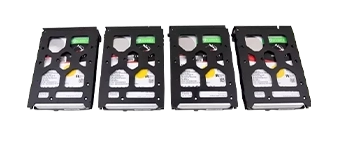
For fast and reliable recovery services to retrieve data from a failed RAID 1 array, reach out to our team of experts.
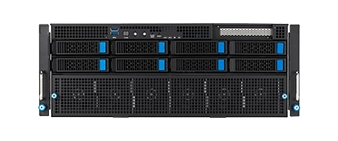
If you require data recovery from a RAID 5 array, contact to our professional team for trustworthy recovery services.

Contact our expert team for fast and reliable recovery services for failed RAID 6 arrays. Recover your valuable data with us.
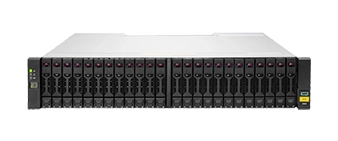
Need data recovery from a failed RAID 10 array? Contact our experts for reliable and fast recovery services.
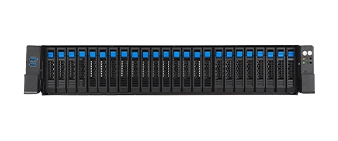
For professional data recovery from a RAID 50 array, contact our team of experts who offer reliable recovery services.
RAID 5 Emergency Recovery
If you’ve encountered data loss from a RAID 5 array, the first step is to power down the system immediately and contact our team of experts at RAID Recovery Services. Our proficient technicians are available 24/7 to support and guide you through recovery. Refraining from attempting data recovery alone is crucial, as it can potentially cause more damage and complicate the recovery procedure.
